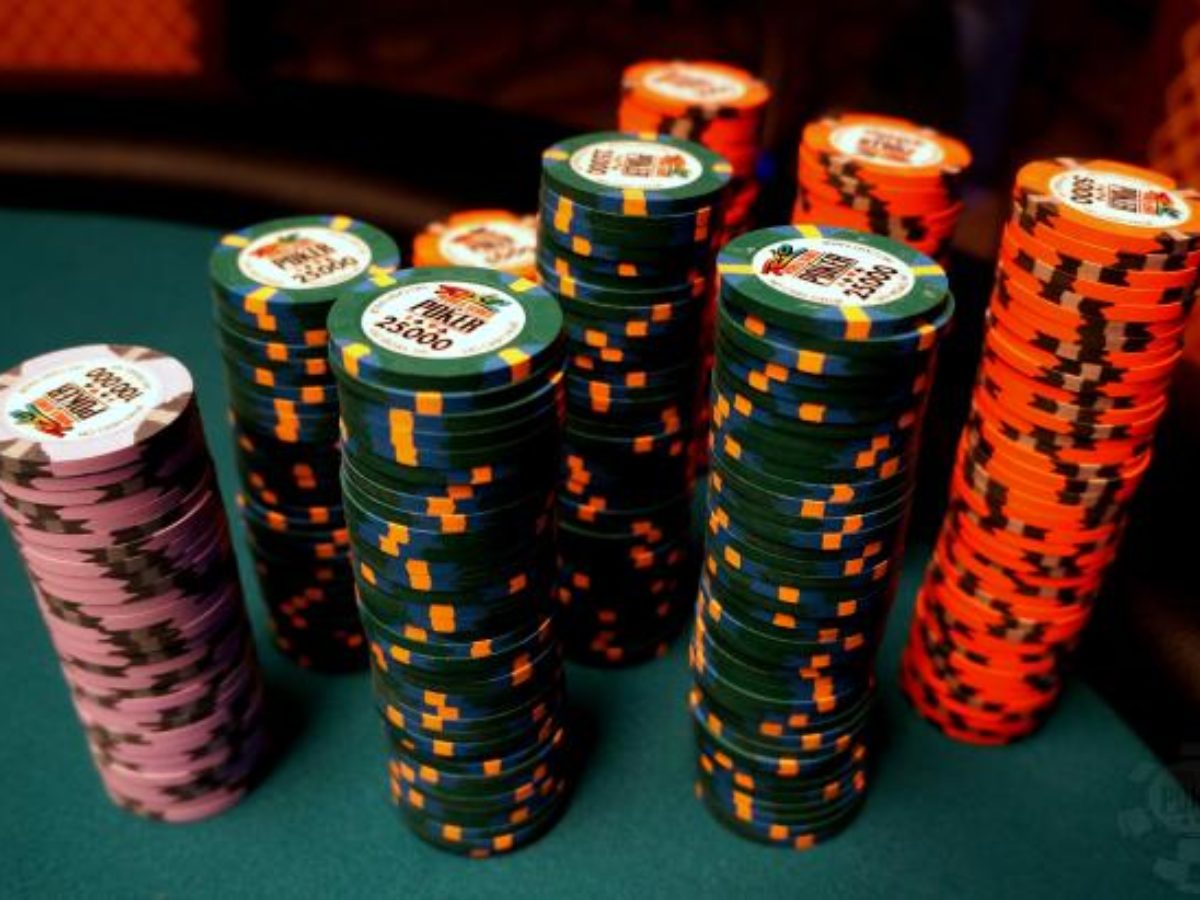Whether you’re hosting a friendly home game or joining a tournament, understanding poker chip values is essential for smooth and fair play. Poker chips not only replace real money in a game but also help maintain consistency and pace. Without a proper value system, even the most exciting poker night can quickly turn chaotic.
What Are Poker Chip Values?
These are the assigned amounts that different colored chips represent during a game. They simulate real money in cash games or tournament points in competitive settings. While exact values can vary, most setups follow a widely recognized color scheme.
Standard Color Assignments
Most casinos and home games use the following common color breakdown:
-
White or Blue – $1
-
Red – $5
-
Green – $25
-
Black – $100
-
Purple – $500
-
Yellow or Orange – $1,000
-
Pink – $5,000
These standard denominations ensure consistency and avoid player confusion.
Creating a Home Game Setup
For casual games, you can assign your own chip values, but it’s best to keep things simple. Here’s a recommended structure for a $1/$2 game:
-
White: $1
-
Red: $5
-
Green: $25
-
Black: $100
Starting Stack Example:
-
10 white, 10 red, 4 green, and 2 black chips per player — enough for balanced betting and smooth gameplay.
Tournament Use
In tournaments, chips represent units rather than cash. As blinds increase, lower-value chips are removed through a process called “color-up.” Typical tournament stacks might include:
-
20 x 25-unit chips
-
20 x 100-unit chips
-
10 x 500-unit chips
-
5 x 1,000-unit chips
The goal is to scale values to match the rising blinds while avoiding excessive chip clutter.
Tips for Managing Chip Denominations
-
Stick to 4–5 Colors: Too many can overwhelm players.
-
Communicate Values Clearly: Especially important when using blank chips.
-
Label When Necessary: Use stickers or notes to prevent confusion.
-
Keep Colors Consistent: Changing values mid-game leads to mistakes.
Final Thoughts
Mastering poker chip values is a simple but crucial step for anyone wanting to enjoy the game properly. A well-organized chip system makes play faster, more accurate, and much more enjoyable. Whether you’re hosting a casual night or joining a professional tournament, understanding how to assign and use chip values keeps the game running smoothly.


Leave a Reply